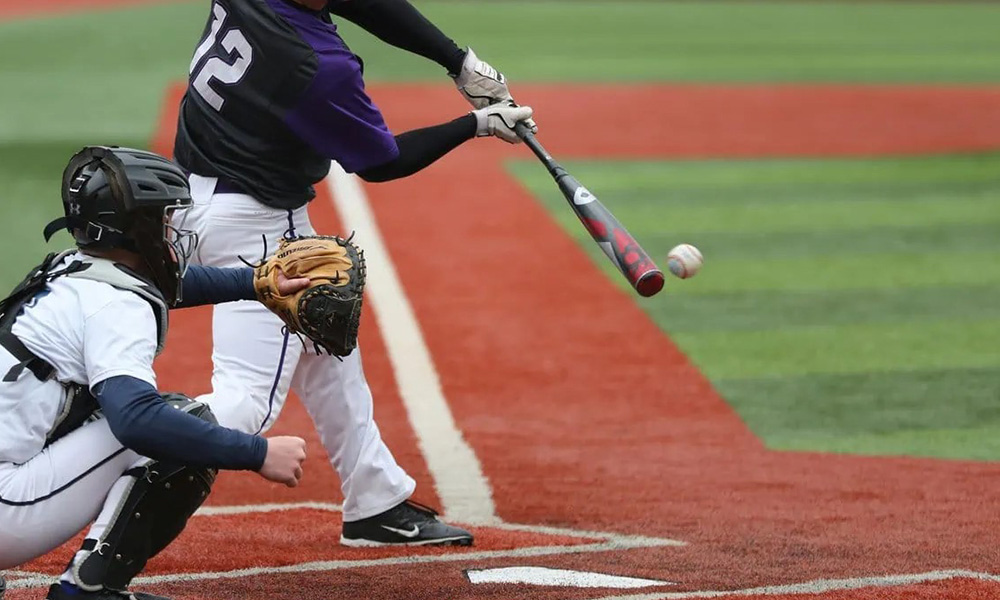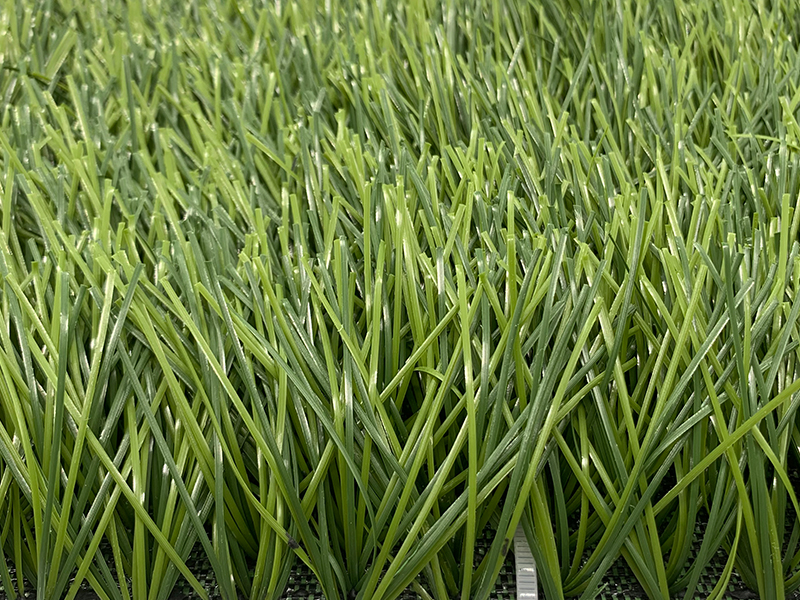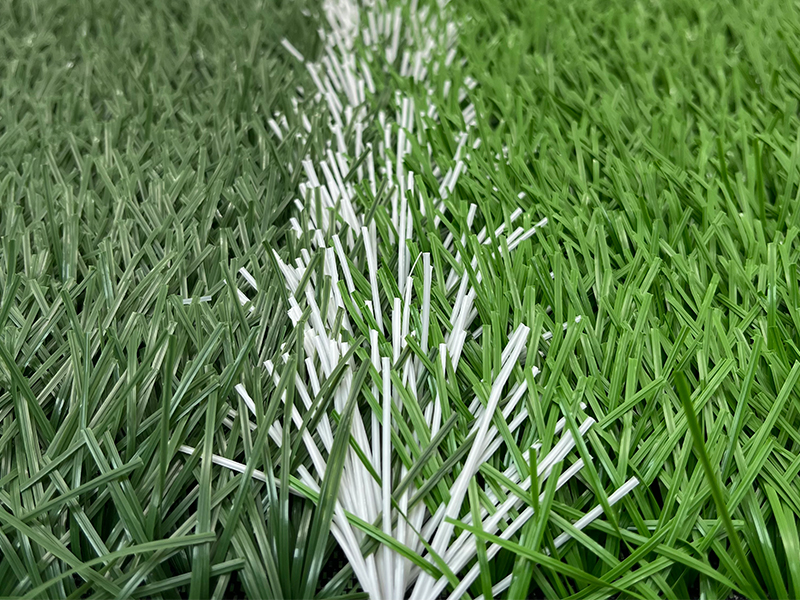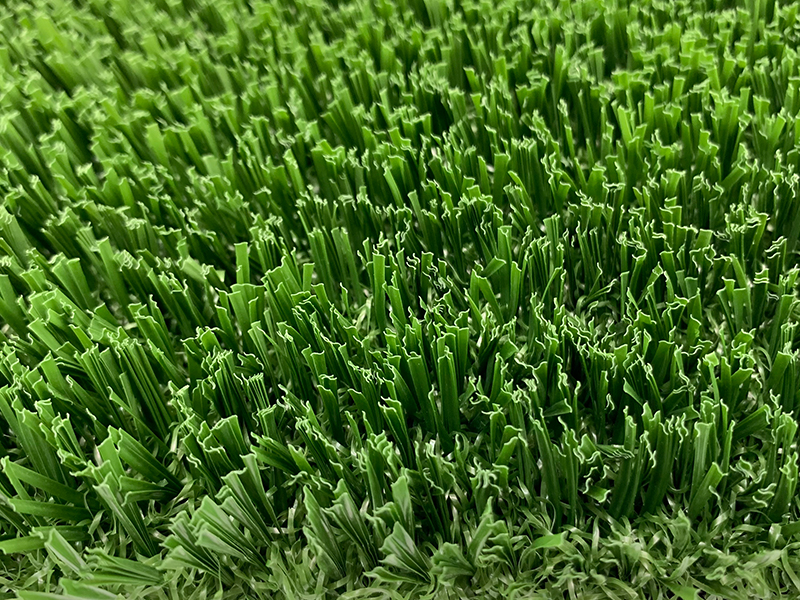What is a Golf Putting Green? What are its advantages?
What is an Artificial Turf Golf Green?
A golf putting green is a lawn area on a golf course where the hole is located. This part of the lawn is trimmed very short and smooth, and is the key area for players to use a putter to hit the ball into the hole. The term "putting green" comes from the transliteration of the English word "green" and is often referred to as "green".
1. Perfect Putting Surface
An artificial turf putting green is a permanent or modular facility designed and built specifically for putting practice, mimicking the texture, speed, and undulations of a natural putting green.
2. Structure and Types
Modern artificial putting greens are no longer the rigid "carpets" of the past, but rather composed of multiple layers:
* Base System: Typically a compacted gravel or concrete base layer, ensuring absolute flatness and drainage.
* Buffer Layer: The crucial inner layer, used to simulate the sinking feel and ball roll characteristics of a real green.
* Turf Layer: The core of the green. Made of synthetic materials such as PE or PP, the grass fibers are specially designed; their height, density, straight or curly weave directly determines the simulated speed of the green. High-quality turf has a soft touch and effectively slows down the ball speed, simulating the "braking" effect of a real green.
* Filler layer: Quartz sand or rubber granules are filled between the grass fibers to fix the grass fibers, increase weight, and further adjust the rolling speed and realism of the ball.

Functions and characteristics of putting greens
In a golf game, one of the main goals of a player is to hit the ball onto the green and then use a putter to accurately hit the ball into the hole. The lawn on the green is finer and smoother than other areas of the golf course, which has a great impact on the speed and line of the putter, so the quality of the green has a direct impact on the outcome of the game.
The turf of the green is often trampled by players and rubbed by the putter, so it is very easy to get diseased and damaged, so it needs professional maintenance. Ladies are strictly prohibited from wearing high heels when entering the green to prevent damage to the lawn.
Advantages of Artificial Turf Greens
1. Ultimate Convenience and Accessibility
Practice anytime, anywhere, in all weather conditions. Can be installed in backyards, offices, or even large balconies. Integrate golf practice into your daily life.
2. Excellent Economy and Environmental Friendliness
Low maintenance costs; no watering or fertilizing required. Only occasional brushing with a soft brush and rinsing with water are needed. Long-term savings on water and maintenance costs. High-quality artificial greens can last 10-15 years or more, making them one of the most cost-effective golf investments. They are also ideal for water-scarce areas, eliminating the need for large amounts of water for turf maintenance.
3. Customizable Services
With custom installations, you can design greens with various complex routes, creating your own "Amen Corner." Most artificial greens have multiple hole cup interfaces, allowing you to manually change the hole cup positions at any time, keeping your training fresh and challenging.
4. An ideal starting point for beginners
The smooth, uniform surface avoids the pits and grain patterns common in natural grass, allowing beginners to focus more on the swing itself, making it more suitable for training.
Various types of putting greens
There is no uniform standard shape and size for putting greens, and there are almost no two exactly the same greens in the world. In a standard golf course, each green is usually more than 600 square meters in size and is designed to make the game more challenging.
Common green types include:
- Island green: The green is surrounded by water or bunkers, as if floating among obstacles.
- Fortress green: Located on a high platform, the green is higher than the surrounding ground.
- Terraced green: The surface of the green is layered in a stepped manner, forming a complex undulation.
- Chair green: Surrounded by hills on three sides, it looks like a chair.
- Stamp green: Small area, flat terrain, extremely difficult, common in classic designs.
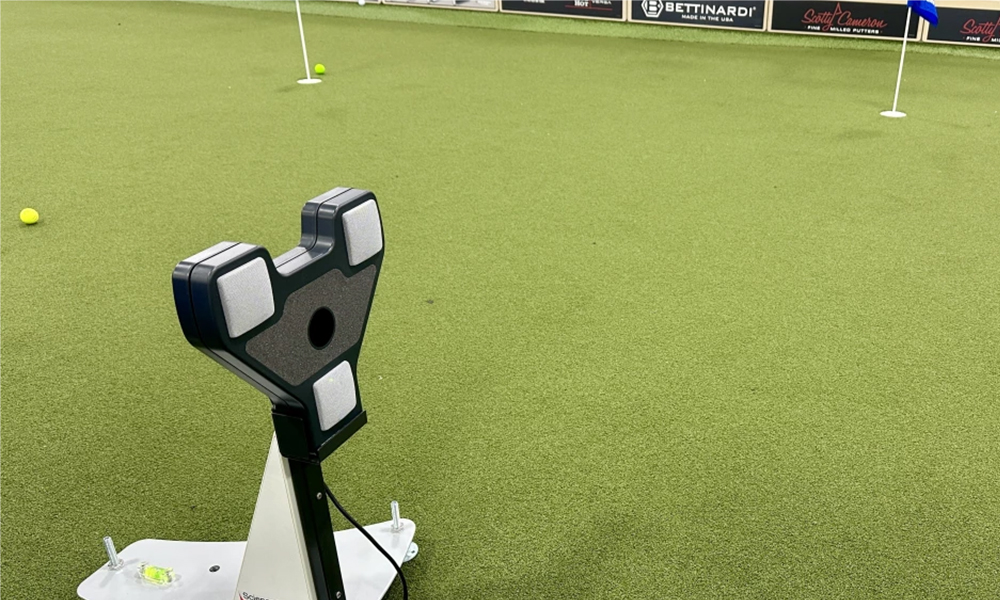
Natural grass putting greens vs. artificial grass putting greens
| Features | Natural grass greens | Artificial grass greens |
| Turf material | Natural grass species (such as bent grass) | Bionic synthetic fibers such as polypropylene and polyethylene |
| Maintenance requirements | High, frequent mowing, fertilization, and watering are required | Low, almost no daily maintenance is required |
| Climate impact | Greatly affected by temperature, humidity, and light | Not affected by climate, can be used in all seasons |
| Installation and cost | Requires professional team building and continuous maintenance | Easy to install, one-time investment, long-term use |
| Feel and hitting feeling | Real and natural, the grass roots have a certain elasticity | Through bionic design, simulate ball speed and feel |
| Durability | Easy to damage, limited service life | Resistant to trampling and aging, life span can reach 5-10 years |
| Use scenarios | Golf course | Home courtyard, balcony, indoor training ground, etc. |
Why choose artificial greens?
Artificial greens are an ideal training facility for practicing golf putting skills at any time and place. It can help golf enthusiasts and professional players build their own green space in their backyards, balconies, basements and even offices.
More than half of professional golf stars have built private greens at home for daily training and warm-up before games. The design of artificial greens fully follows the principles of bionics. Not only does it provide a natural ball speed, realistic feedback, and comfortable foot feel, but more importantly, it is not restricted by weather and is easy to install.
Selection and Installation
* Define your needs: Is it for technical training or home recreation? This determines the choice of size, slope difficulty, and investment level.
* Key parameters:
- Speed (Stimp): Choose a green that matches the speed of your usual course (typically 9-11 feet).
- Grass fiber type: Straight or curly? The latter usually provides a more realistic slowdown effect.
- Warranty period: High-quality products typically come with an 8-12 year warranty.
- Professional installation: For custom greens, be sure to choose an experienced professional contractor, such as UNIGRASS. Good foundation work guarantees decades of smooth use.
Daily maintenance tips
1. Regularly brush the grass fibers against the grain with a soft brush to keep them upright and even.
2. Remove leaves and debris promptly to prevent rot buildup.
3. Occasionally rinse with clean water to remove dust and restore the clean feel of the ball rolling.
Conclusion
Putting greens are the most critical component of golf courses. With the development of technology, artificial greens have become an efficient, low-maintenance, all-weather golf training solution. It is undoubtedly the perfect choice for players who are eager to improve their skills but are inconvenient to go out frequently.


